
Medicare spending on medical imaging continues to decline and that Medicare patients are receiving fewer imaging procedures, according to a new analysis of Medicare data released Nov. 17 by the Medical Imaging & Technology Alliance (MITA).

Medicare spending on medical imaging continues to decline and that Medicare patients are receiving fewer imaging procedures, according to a new analysis of Medicare data released Nov. 17 by the Medical Imaging & Technology Alliance (MITA).

Radiologists order just 5.3 percent of high-cost imaging examinations, according to a study published online on Nov. 14 in the journal Radiology.

Coronary artery calcification (CAC) scores of zero don’t give patients a pass from obstructive coronary artery disease, according to a study using coronary computed tomography angiography (CCTA) on patients with symptoms of coronary artery disease.
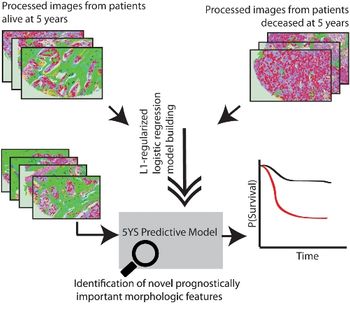
A team of Stanford engineers and pathologists have trained computers to analyze breast-cancer pathology slides - and the machine is more accurate than the assessments of man (and woman), the researchers said.
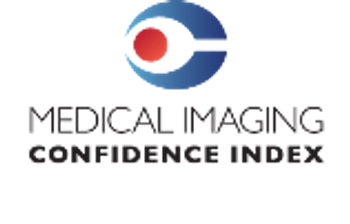
Medical imaging managers reported low confidence that reimbursement rates will improve and that funding for capital purchase for equipment and IT will be available in the fourth quarter of 2011 (October to December).

Spinal bleeding is a hallmark for child abuse, so complete spine imaging should be performed for young children undergoing brain magnetic resonance imaging for moderate or severe traumatic brain injury, according to a study published online Nov. 8 in the journal Radiology.

Inhaling undiluted, hyperpolarized xenon 129 for magnetic resonance imaging of the lungs is safe for chronic obstructive pulmonary disease (COPD) patients as well as healthy volunteers, Duke University researchers reported online on Nov. 4 in the journal Radiology.

The Centers for Medicare and Medicaid Services’ 25-percent cut of multiple procedure payment for image interpretation is “unfounded and potentially dangerous,” the American College of Radiology said.

Agreement is lacking - both across institutions and within departments - for the management of six commonly encountered incidental findings on body CT, concludes a study in the November issue of the Journal of the American College of Radiology. Departments should develop guidelines to ensure consistent patient recommendations, authors said.

It’s a question posed in a The New York Times article last week that explored MRIs in sports medicine.

New custom-designed patient shielding devices should supplant traditional lead aprons for chest CT scans - and possibly every scan, regardless of body part. That’s according to the authors of a new study published in the British Journal of Radiology.

Annual chest X-ray screenings have no effect on lung-cancer mortality, according to a study published online Oct. 26 in the Journal of the American Medical Association.

Nonradiologist physicians with a financial interest in imaging means were as much as 49 percent more likely to order imaging as those with no financial interest, according to a new study published in the American Journal of Roentgenology.

Diffusion-weighted MRI patterns can guide the work-up for patients presenting with acute ischemic stroke symptoms, according to a study in the November Journal of Neurology, Neurosurgery & Psychiatry.

CT angiography works as well as conventional digital subtraction angiography for diagnosing peripheral arterial disease (PAD), researchers reported online in the journal Radiology.
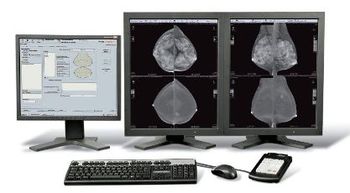
The U.S. Food and Drug Administration (FDA) has cleared GE Healthcare’s SenoBright contrast enhanced spectral mammography (CESM) unit, the company announced on Thursday. The technology is designed to produce contrast-enhanced images of the breast using an x-ray contrast agent and a dual energy acquisition technique.

The Discovery MR750w with Geometry Enhancing Method (GEM) suite of coils has a patient-friendly design and 70 cm bore to accommodate the hard-to-scan patients, such as larger, claustrophobic, elderly or very young patients, the company said.

In the second of a four-part series, Medical Management Professionals Inc.'s David Stone talks about the impact of HIPAA 5010 and ICD-10 on practices and how to prepare.
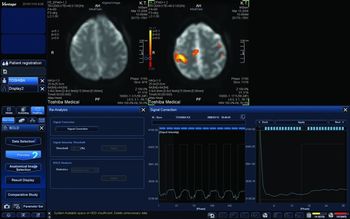
Toshiba American Systems Inc. today announced FDA clearance of their M-Power interface aimed at increasing MR exam efficiency. The customizable user interface enables technologists to streamline and accelerate the imaging process and enhance diagnosis, according to the company.

In the first of a four-part series, Medical Management Professionals Inc.'s Jana Landreth discusses effective metrics for measuring practice revenue and the single biggest cause for lost revenue.

The ACR called on CMS to scrap proposed payment cuts in the Medicare Fee Schedule Rule for 2012, saying the reduction is “scientifically unfounded, based on flawed assumptions and may limit patients’ ability to receive efficient care.”

The radiology field will soon have a professional development and leadership academy. Next year, the American College of Radiology will open the Radiology Leadership Institute, a multi-level academy that will offer leadership courses and activities.

For the first stage of cuts, which calls for an immediate $1 trillion over a decade in exchange for raising the debt ceiling by an additional $900 billion, imaging reimbursement was spared. But that might not be the case for the second stage, according to ACR.

The global diagnostic imaging market is expected to swell to $26.6 billion by 2016, driven by an aging population and advancements in the field.

Siemens Healthcare has received FDA 501(k) marketing clearance for a software package that helps in the assessment of cerebral blood flow during interventional procedures.

Radiologists can now charge Medicare for MRIs when the patient has a pacemarker approved for MRI exams.
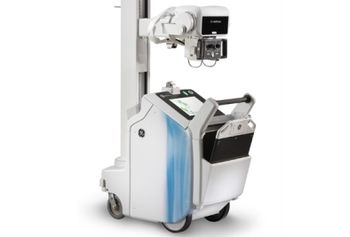
GE Healthcare has received FDA clearance of its Optima XR220amx, Optima XR200amx and Brivo XR285amx, a new platform of mobile x-ray systems.

According to new survey results, physician alignment is the main problem when building accountable care organizations (ACOs).

Today, the Medicare Payment Advisory Commission (MedPAC) recommended that Congress require pre-authorizations for some imaging services, consistent with its proposed recommendations from last month.
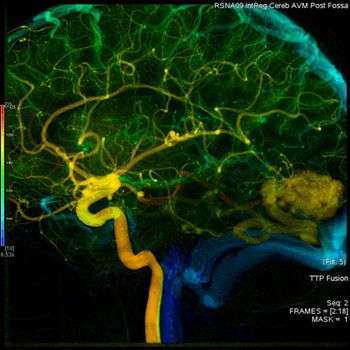
New product uses parametric imaging to give more infomation than DSA alone